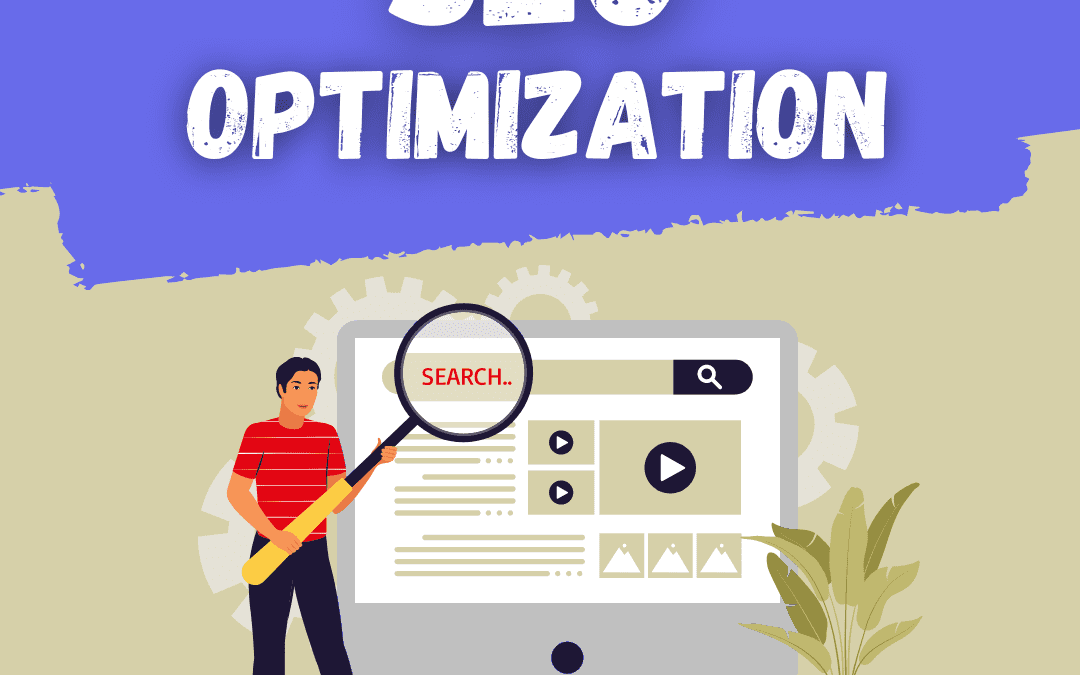Digital Marketing Terminology
Note: These terms are from the Google Digital Marketing & E-commerce course module 4: Think outside the inbox: Email marketing
A
A/B testing: A method of testing where two versions of content with a single differing variable
are compared to determine which yields better results
Accessibility: Considering the needs of people with disabilities when products, services, and
facilities are built or modified, making them usable by people of all abilities
Acquisition email: An email sent to acquire new customers
Alt text: A brief, written description of an image with the primary purpose of assisting
individuals who are visually impaired
B
Behavioral data: Refers to information about the actions a customer takes—or doesn’t
take—when it comes to shopping on a website
Broken link: A hyperlink that no longer leads to the correct website
C
Call to action: An instruction that tells the customer what to do next
Click-to-open rate: The percentage of email recipients who clicked on one or more links in an
email
Complaint rate: The percentage of complaints recipients send to mailbox providers about
receiving an email
Conversion rate: The percentage of users who clicked on a link and took a desired action, like
making a purchase
Customer referral: A word-of-mouth initiative that encourages existing customers to
introduce their family, friends, and contacts to become new customers
D
Data: A collection of facts or information
Demographic data: Refers to information specific to the customer, such as age, gender
identity, income, family size, occupation, education, and location
E
Email body: The text in the main content of an email
Email bounce rate: The percentage of emails sent that could not be delivered to the
recipient’s inbox
Email copy: The text in a subject line, preview text, and email
Email marketing: The process of sending messages to a list of existing subscribers to share
information, drive sales, or create community
Email marketing provider: A company that offers email marketing or bulk email services
Email marketing report: A collection of KPIs presented to the team and stakeholders to
inform them of a campaign’s progress
Email marketing strategy: A set of procedures that a marketer identifies and follows to
achieve their desired marketing goals with email advertising
F
Forward rate: The percentage of recipients who click on the “share” button to post to social
media or who click the “forward” button to send to others
G
Google Display Network: A group of websites, videos, and apps where ads can appear
I
Insight: Information that is discovered through research or data analysis and that can be
actioned upon to benefit a marketing strategy
K
Key performance indicators (KPIs): Measurements used to gauge how successful a business
is in its effort to reach a business or marketing goal
L
Lead generation: The practice of collecting a potential customer’s email address
List growth rate: The rate at which an email subscriber list grows
M
Marketing automation: The practice of using software, programs, and technology to create
and implement applications to automate marketing tasks
Merge tag: (refer to personalization tag)
Metrics: Quantifiable measurements that are used to track and assess a business objective
N
Newsletter: An email sent to subscribers on a regular basis, containing news and informational
content relevant to the company and of interest to subscribers
O
Open rate: The percentage of users or customers who open an email
P
PESTLE analysis: An audit that identifies political, economic, social, technological, legal, and
environmental factors that may affect a marketing strategy
Personalization tag: A code that allows the writer to insert unique user data from their mailing
list into emails
Preview text: Text next to an email’s subject line in the inbox that gives extra insight into what’s
inside the email
Promotional email: An email sent out to inform subscribers of new or existing products or
services
Psychographic data: Refers to information based on customers’ activities, interests, and
opinions
Q
Quality control: The process through which a business seeks to ensure that product quality is
maintained or improved
R
Retention email: An email sent to a current customer with the intent of keeping them as a
customer
Return on investment (ROI): Ratio of money made and money spent
S
Screen enlargement application: Technology that helps users see content more easily by
magnifying text and images on a computer or digital device screen
Screen reader: An application that converts text, buttons, images, and other screen elements
into speech or Braille
Search engine marketing (SEM): Increasing a website’s visibility on a search engine results
page through paid advertising
Segmentation: The practice of dividing an email subscriber list into smaller groups based on
criteria like interests, location, or purchase history
SMART: A goal-setting method that can help define and measure the success of the goals of a
campaign; Stands for “specific,” “measurable,” “attainable,” “relevant,” and “time-bound”
Social ads: Paid advertisements on social media platforms targeted to social media users
Spam: Unsolicited and unwanted junk email sent out in bulk to a broad recipient list
Stakeholders: The people—usually within an organization—that are affected by the campaign
in some way
Subject line: The first text recipients see after the sender’s name when an email reaches their
inbox
SWOT analysis: An audit that identifies a company’s strengths, weaknesses, opportunities,
and threats
U
Unsubscribe rate: The percentage of email recipients who unsubscribe from a send list after
opening an email
W
Website prompt: A digital banner that calls on a website visitor to act in some way
Welcome email: An email sent out to brand new customers or subscribers
Fill out our contact form now to get in contact with us and get a FREE analysis of your website. Additionally, to view more blog posts about SEO, Divi, WordPress, WordPress plugins, digital marketing, computer science topics, or other related topics, visit our website’s blog section.

